10 Things…
I Wish I’d Known About Coffee Culture in Italy
Before I Visited the First Time
Italian coffee has earned a reputation as being some of the best in the world, and the country takes great pride in this. While thinking of Italy often conjures images of fantastic pastas & unrivaled perfection in pizzerias, the country’s coffee has become a point of reference for coffee excellence across the globe.
What many people don’t realize before their first foray to Italy is the extensive culture built around its coffee. Coming from the land of office buildings and gentrification in New York City, I discovered just how unaware I was by my first Italian sunrise. I had completely grown accustomed to seeing a Starbucks on every street corner (or in every cafeteria, skyscraper, library…dentist office…you get the point) and to-go cups of venti coffees everywhere you look.
Alas, my lack of initial knowledge shall not be in vain. I am here now to help you prepare for the land of espresso, to arm you with awareness so you can order your morning bliss like a true local.
1. Coffee = Espresso…
and Espresso = Caffè
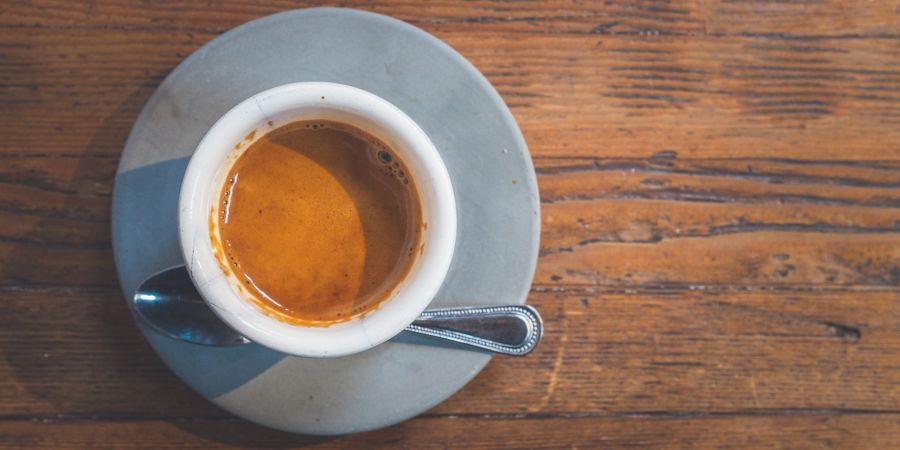
Let’s start out strong (pun totally not intended, but I’m still proud of it haha) and get this out of the way right off the bat…
Caffè = Coffee.
That’s easy enough, right? Step to a counter, groggy, looking for a pick-me-up, that’s your keyword. But, of course it’s not that simple…otherwise this would be a pretty short & pointless list entry.
When you see “Caffè” (coffee) on a menu…it actually is referring to Espresso, not your typical (and what I expected my first time) “American” coffee. If you want your customary “two cream, one sugar” brew (btw, you will want to keep reading this list if that is indeed your order) that you’d find in your neighborhood coffee shop, you instead will want to order, coincidentally enough, a “Caffè Americano“.
A “Caffè Americano” is simply an espresso with hot (hot!) water added.
Because “Caffè”, ie “coffee”, means espresso in Italy, you won’t find the word “espresso” commonly used, mainly just in tourist-centric establishments, like maybe in an airport or major international hotel chain. If what you actually want is an espresso…just simply ask for “un caffè” (a coffee).
Seems simple enough, right? But I swear I wish I had known that!
2. “Bars” are a place to get coffee
I probably should be embarrassed to admit this, but I absolutely will own it. When I first visited Italy, I remember thinking “why are there so many bars everywhere…and why are they so damn busy at 9am?!” I mean, I knew that “drinking culture” throughout Europe & Italy was much more relaxed than in the US, but I was pretty surprised and taken aback.
Of course, my shock was for naught — the “bars” in Italy are not like the ones elsewhere in the world, especially the US. While you CAN get alcohol at a bar in Italy, you will quickly discover much of their business revolves around coffee and such.
Later in the afternoon, around Aperitivo time, you’ll see a slow transition and can expect to find people enjoying maybe a nice Aperol Spritz and some lighter fare. These bars typically will close around 9pm.
3. Lattes Don’t Exist
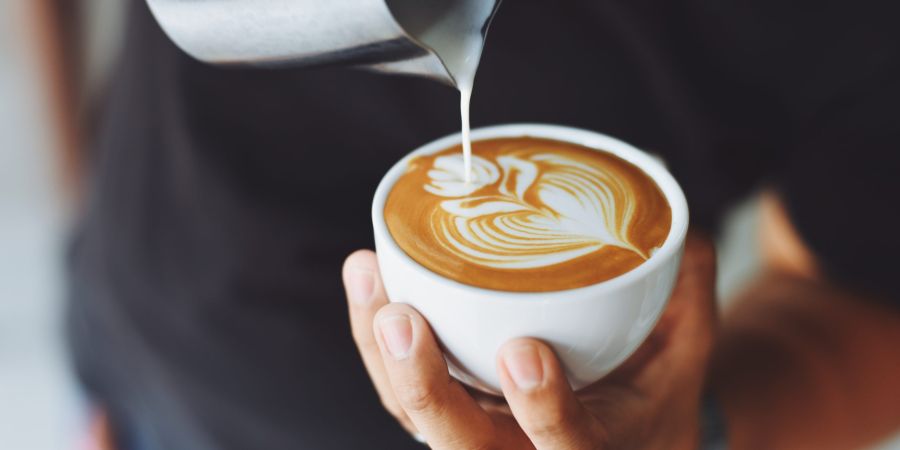
I feel like I absolutely must mention this…because I cannot even begin to tell you the number of people who have told me some version of their “latte story”. So many of these end with “I ordered a latte…and received a nice, cold glass of milk!”
Basically, “Latte” means “milk” in Italian. Thus, if you ask for a “Latte”, you will literally get a glass of milk. Now, of course, I feel like many of these bars in Italy, especially those that are accustomed to foreign visitors, entirely are aware of what their customer is asking for — but simply can’t resist. I suppose if I was in their shoes I may even do the same thing sometimes, I mean everyone needs a little levity during their workday, right? But if you want to avoid potentially being on the receiving end of a little workplace humor, steer clear of this typical tourist foible.
If you love milk in your coffee, however, you can order a “Caffe Latte” –an espresso with milk. Or you can scroll down to #7 on this list and order a cappuccino.
4. Coffees are small and quick
As I mentioned, traditional coffee in Italy is just espresso. Therefore that “Grande” coffee from Starbucks isn’t something you’ll find here. You’re not going to find any extra large coffees to-go.
As the portion sizes of espresso are obviously smaller, with the coffee being so much stronger, drinking a “cup” is a 5-minutes or less endeavor in the Italian culture. Quite different than the American culture of 24-ounces through a drive-thru that you may carry with you for an hour or two.
Which means inevitably many tourists are surprised by the size of their coffee order. “But surely that’s not enough!” is a popular reaction. Wrong 😉
5. Stand at the Bar and Drink

Like I mentioned above, coffees are meant to be a small and quick affair in Italy. Typically Italians stand right there at the bar, drink their coffee quickly, and then they’re on their way. While to-go coffees have become a little more common post-Covid, it’s still relatively rare. Honestly, it just doesn’t make much sense to take something with you that will be gone in 3 or 4 sips!
Something important to be aware of, however, is the price differences you’ll find in some of the larger cities and downtown areas. There could be a significant price difference between choosing to sit down, where there is table service, versus ordering at the bar itself. An espresso that costs 1€ at the bar can easily cost you 5€ sitting down.
The idea of sitting outside a little Italian café and people-watching while sipping your coffee can be alluring, and, honestly, a great way to start your Italian morning. Just know that…if someone is bring that coffee to you…it’s going to be more expensive. Possibly 5x so.
6. “Creamer” does not exist
I alluded to this in the beginning of this 10 Things, but I’ve got some bad news for those that dig their flavored creamers. You are not going to find a French Vanilla creamer in Italy (guess you can tell what I loved in my coffee before moving here!). In fact, it’s rare to find any sort of cream to add to your coffee here, even in a grocery store. Italians typically only use milk if they want to soften the taste (or, I suppose, add to it?).
As for plant-based milks, while it isn’t impossible to find them in bars that are located in the bigger, more touristy cities, they are still rare for a bar in Italy to have. I’ve found almond or soy milk to be the most common milk-alternatives available, and it seems that they may be gaining in popularity like in the US, but it’s not a foregone conclusion your Italian bar will offer them. Best advice – just ask the barista if they have any they can offer you.
7. Cappuccinos only before 11am
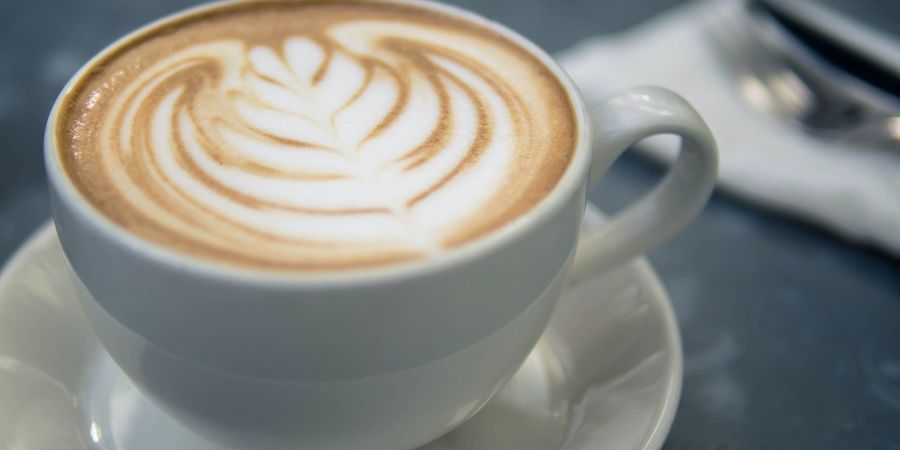
This one is common knowledge in Italy, and typically how Italians can spot tourists right away: its customary to only order cappuccino before 11am in the morning, and to never ever EVER drink cappuccino with lunch or dinner. An espresso is the choice drink for those that desire a caffeine pick-me-up…or those that love the taste.
The reasoning is that because cappuccinos contain a lot of milk, they’re too “heavy” to be drank after morning time. Of course, you can drink whatever you want at whatever time of day you want, but just be prepared that ordering one outside of the Italian accepted time frame may lead to some confused looks.
If you’re someone who just loves milk in your coffee and thus really doesn’t do espresso, try ordering a “Caffe Macchiato” – it still has milk in it, but less than a cappuccino. It is more acceptable to drink at any other times of the day post-morning.
If I’m being honest though…I still drink cappuccinos in the afternoon sometimes. I really love cappuccinos. Like a lot. What can I say, I’m a rebel.
8. Coffee is Cheap!
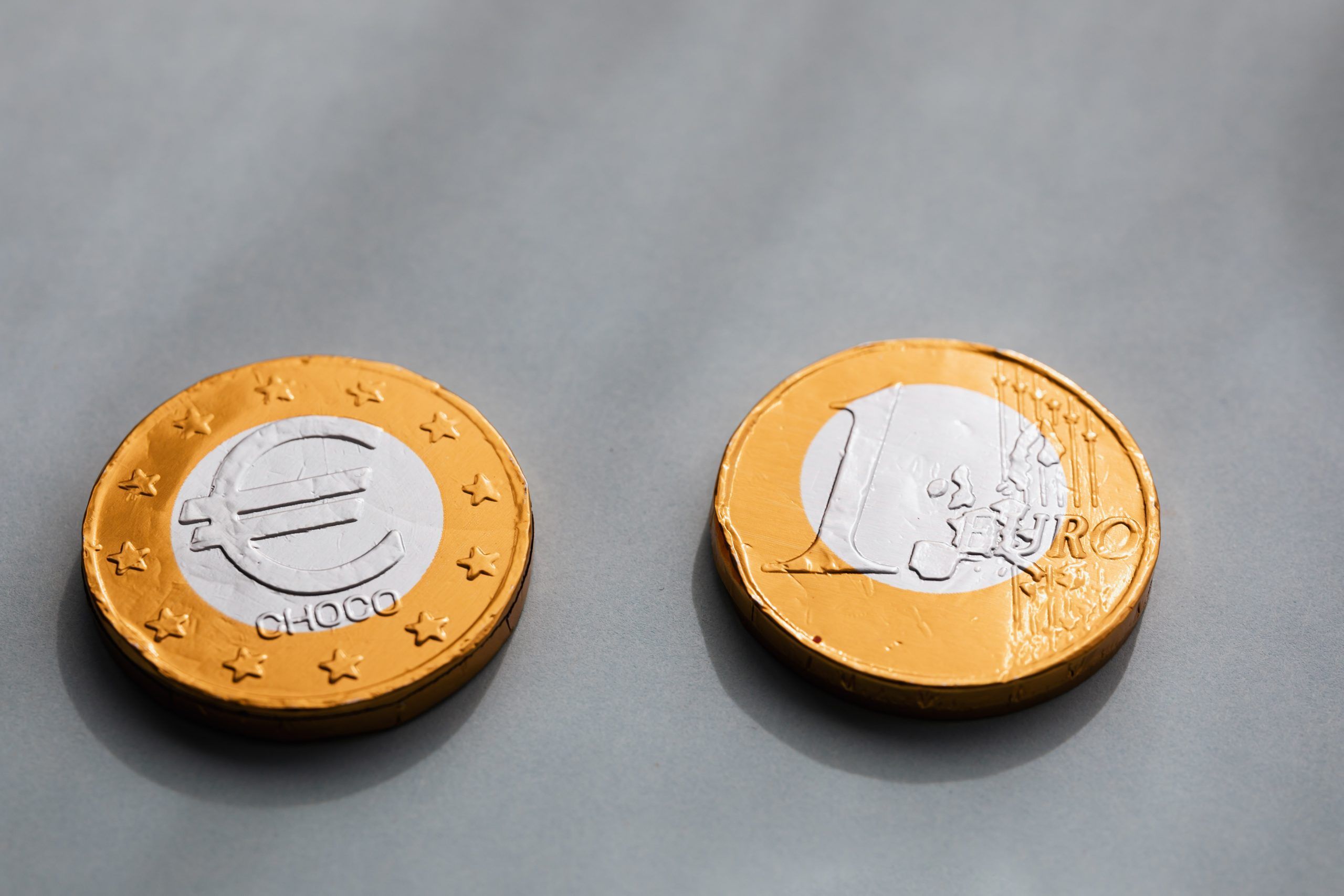
When I first came to Italy, I was expecting the coffee to be comparable to the price of a cup of coffee in NYC where I’m from – boy was I wrong. A regular espresso typically costs between 0.80€-1.10€ – I think the highest I’ve seen an espresso go for is 1.70€, and that was because we were having a coffee in a world-renowned bar smack-dab in the middle of a city center.
More complex, “fancy” drinks (as I like to call them) like cappuccinos and macchiatos don’t typically cost more than 2€. Unless you are sitting down and receiving table service, as I mentioned before.
@kacierose4 I drank far too much coffee and didn’t sleep this night but it was worth it 😂 #americansinitaly #coldcoffee #italiancoffee #travelitaly #florence ♬ Happy and fun corporate music for advertising. – TimTaj
9. Traditional “American” Iced Coffee doesn’t exist
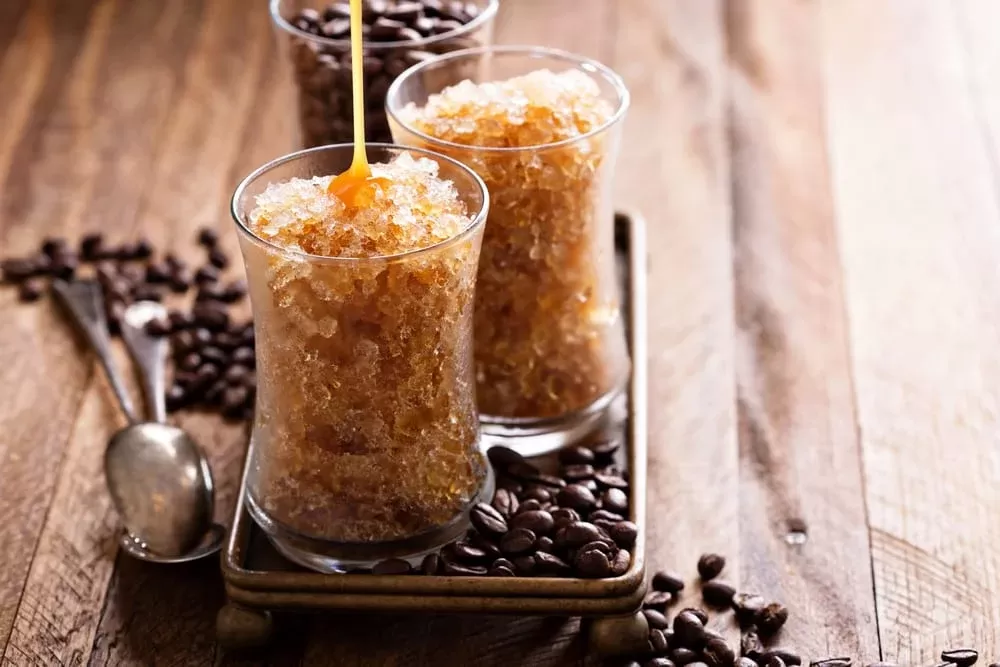
I know. I was sad about this one too. The reason sort of combines everything I’ve talked about, really. Large coffees don’t exist here, with a traditional Italian coffee order being just a shot or double shot of espresso. Therefore just as you won’t be finding extra large to-go coffees, you won’t find their “American” iced coffee siblings neither.
If you’re in the mood for a cold coffee, you can try ordering a “Caffe Shakerato”, which is actually a very creamy, chilled drink typically served in a martini glass. In various parts of Italy, a “Caffe Freddo” is popular to find in bars, which is essentially a coffee slushie, and the closest thing you will find to an “American Iced Coffee”.
The above picture is an example of a Caffè Fredo (Bar Stampa, Turin). Mmm….Yummy!
10. When in Doubt…Just Ask!
If there’s anything I’ve learned since moving to Italy, it’s that the people here are extraordinarily kind and helpful. While trying to immerse yourself in Italian culture, if there is something specific that isn’t making much sense, or that you were hoping to find – just ask.
As it pertains to coffee, you may have to explain what your drink of choice is, and it may result in not being exactly what you are used to, but they’ll try! In my experience Italian bars will be happy to try and make something you desire…just maybe not like the “Pink Drink” from Starbucks. Maybe you don’t ask an Italian barista to make that 😉




